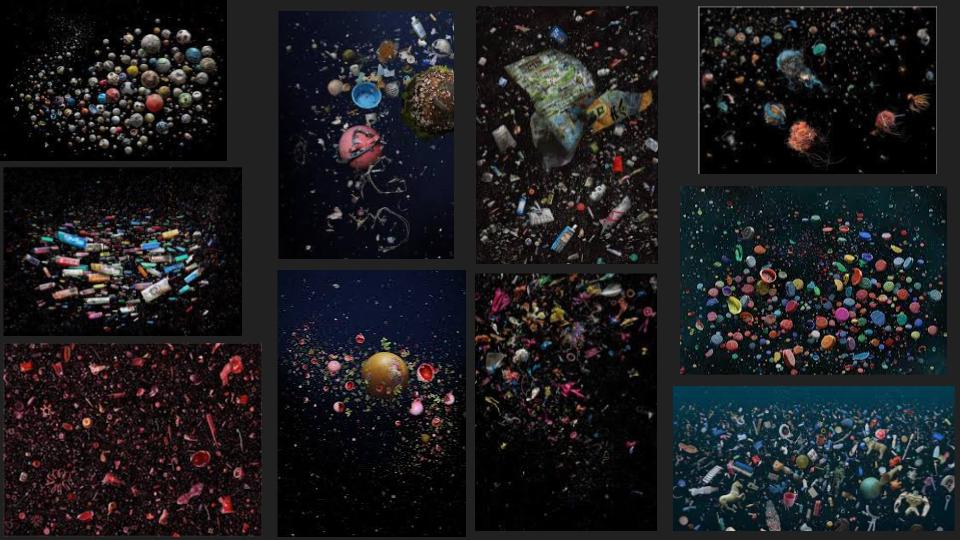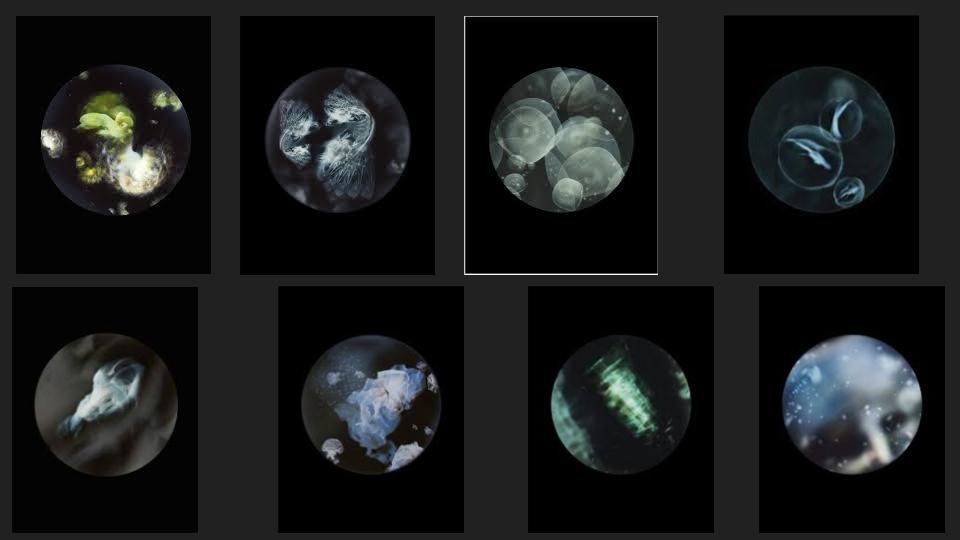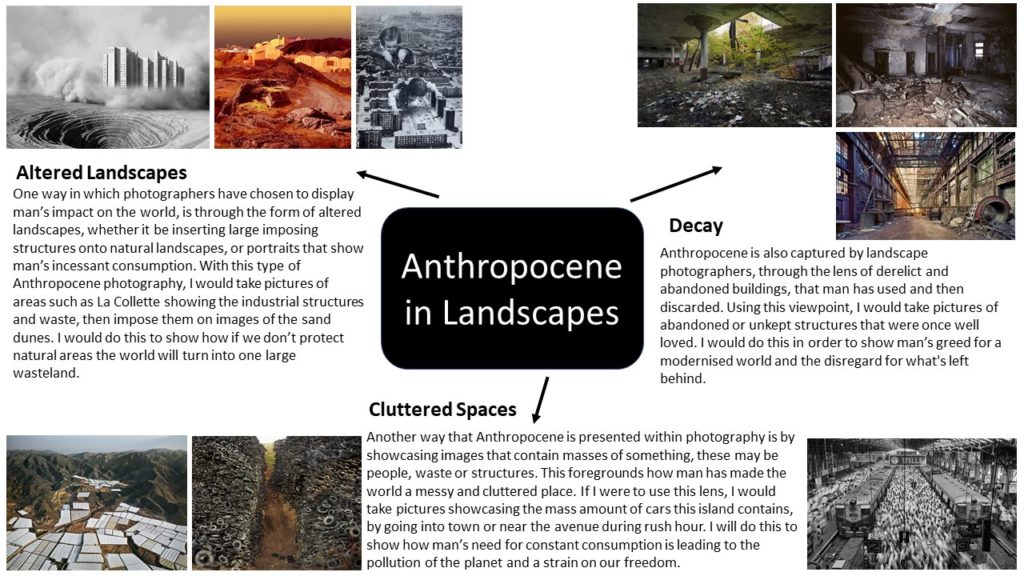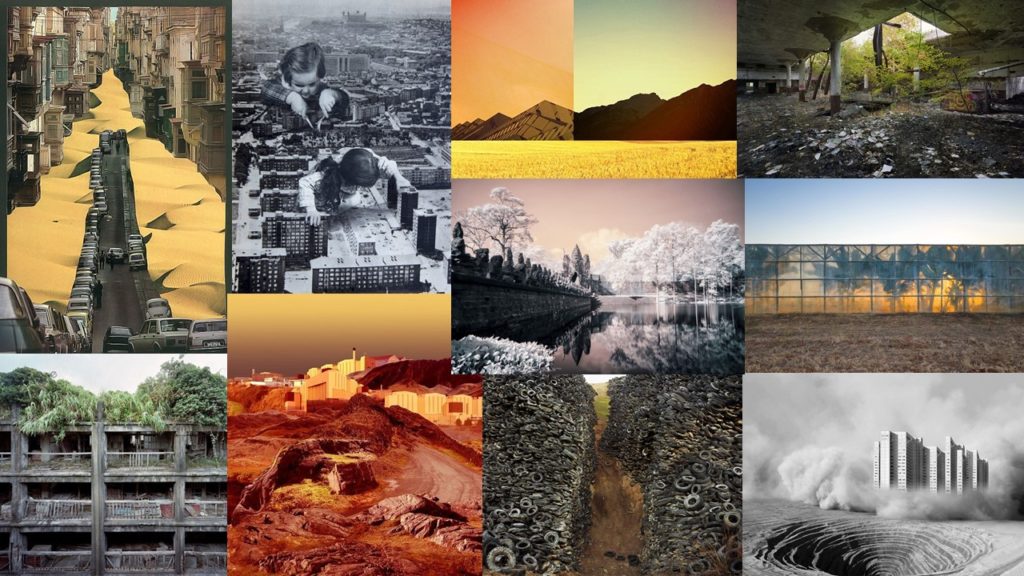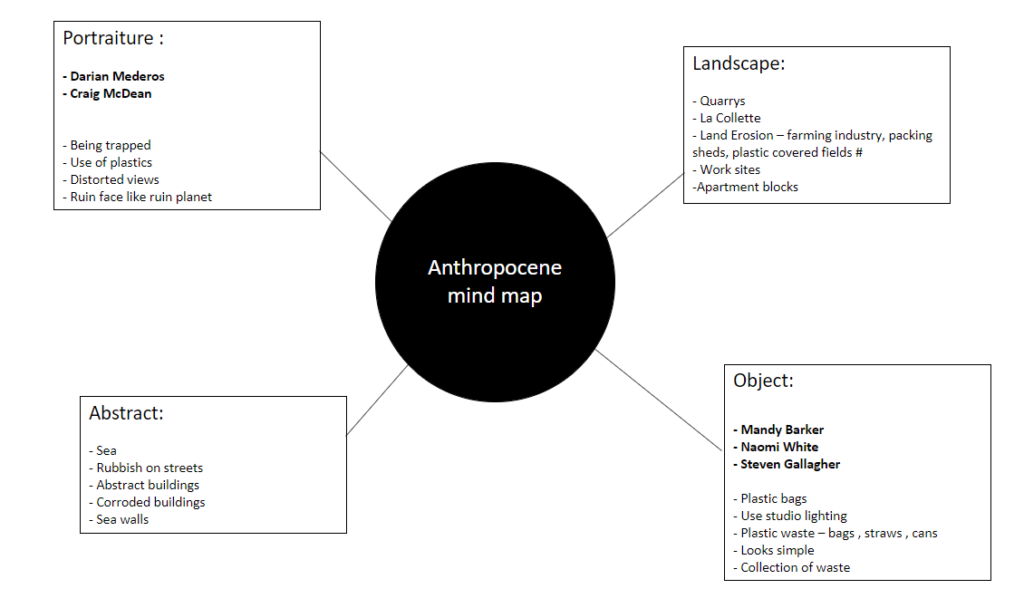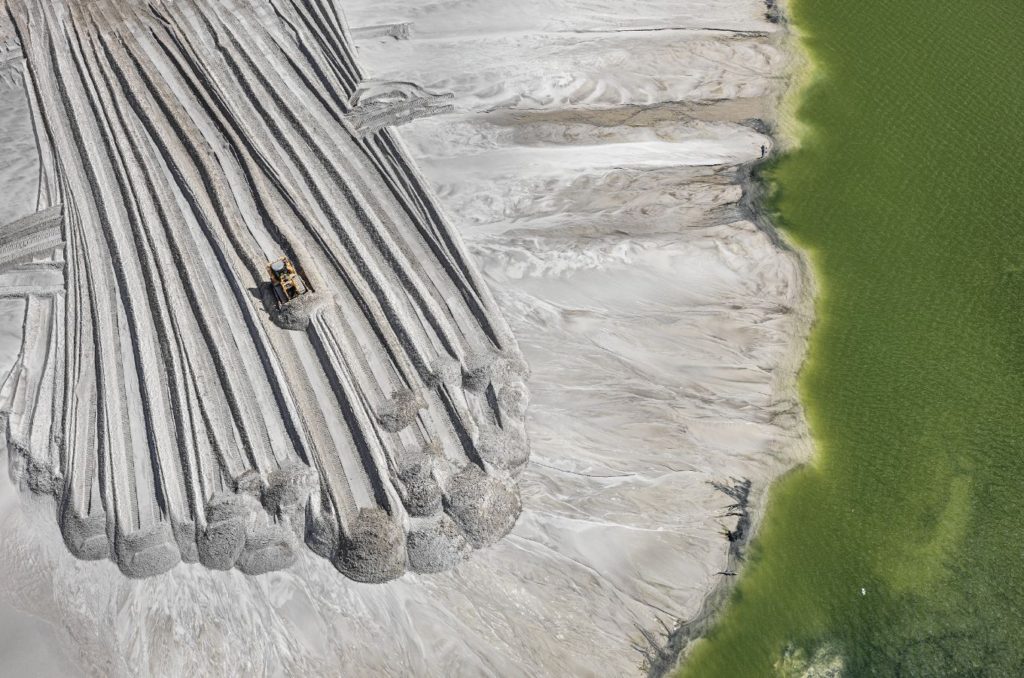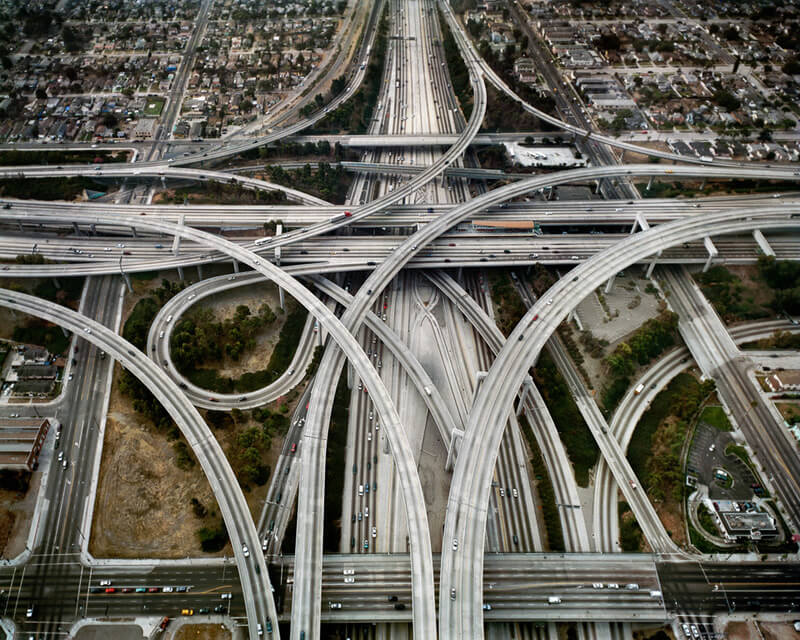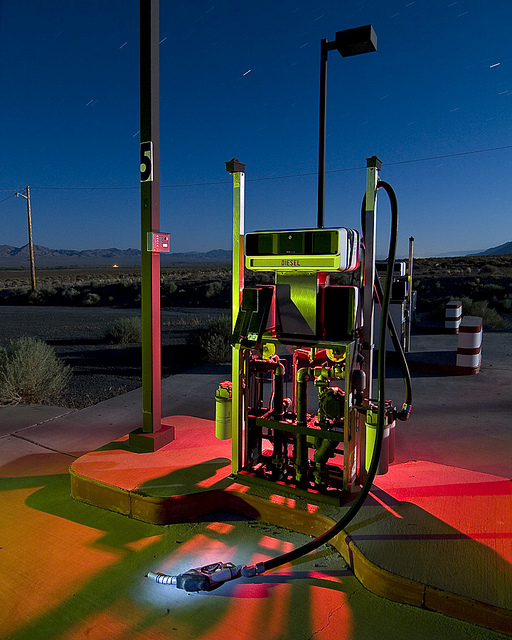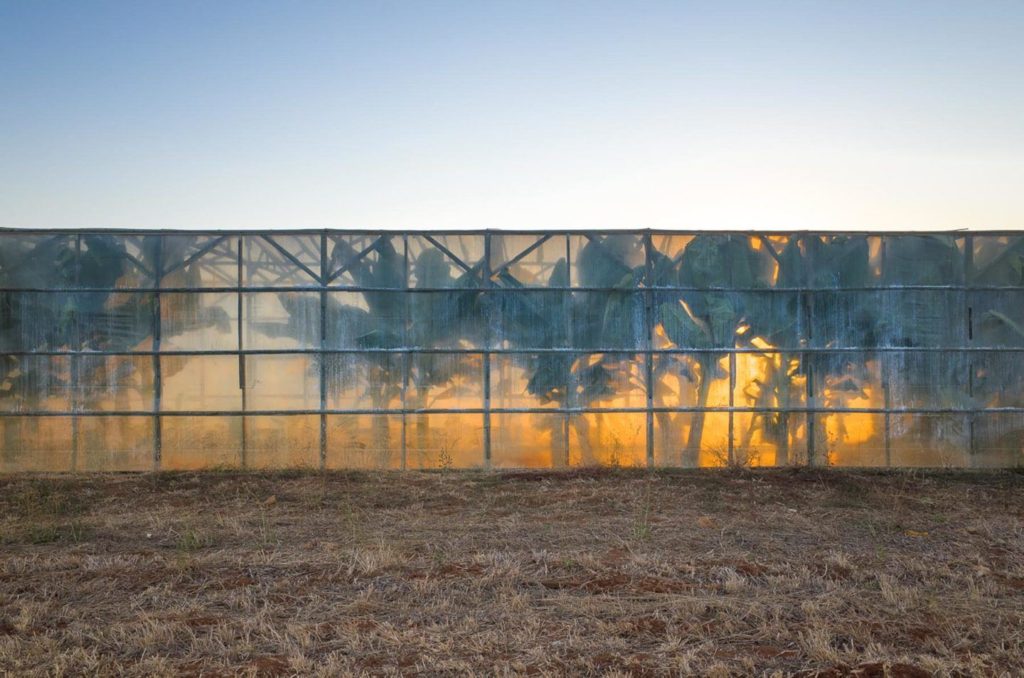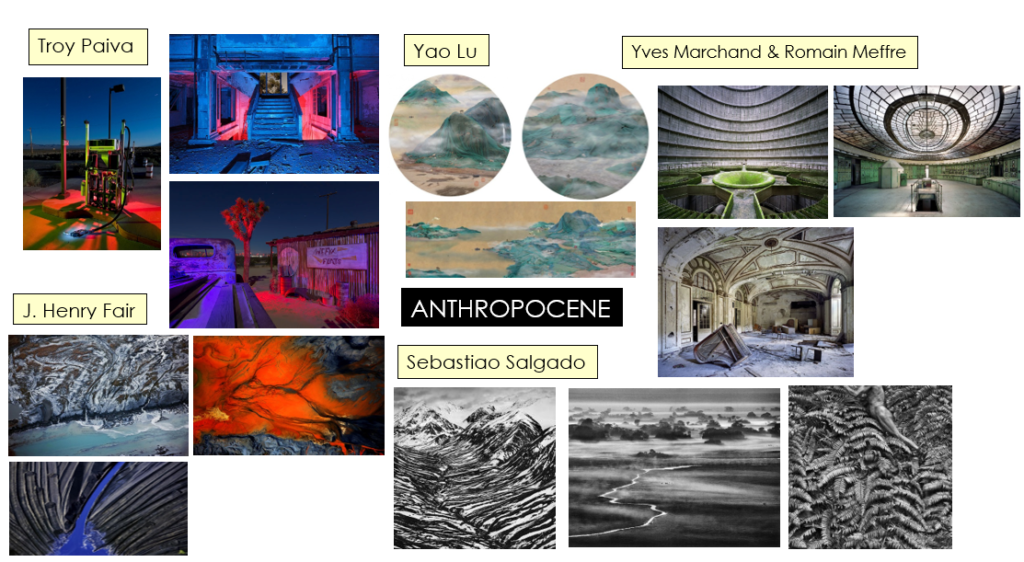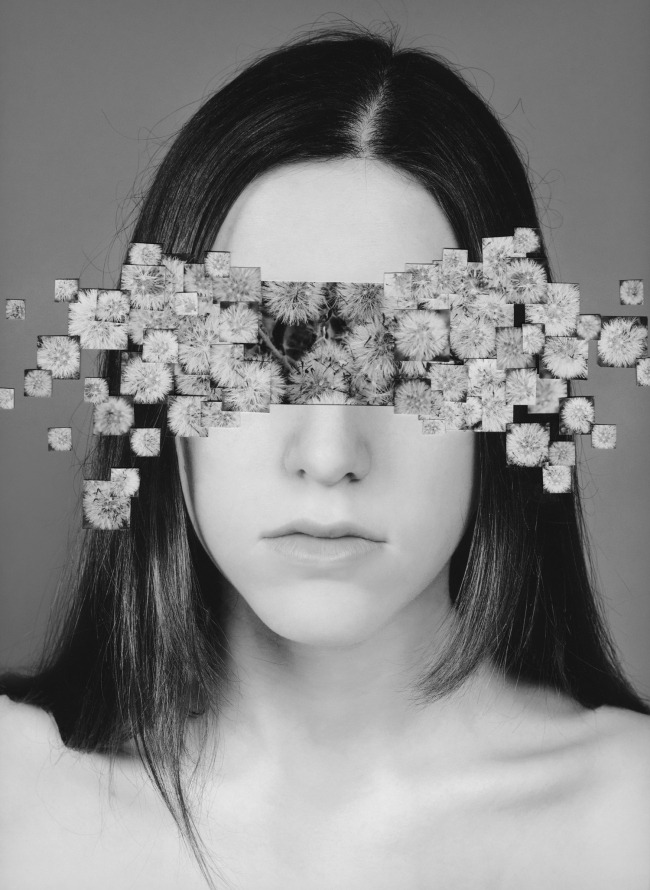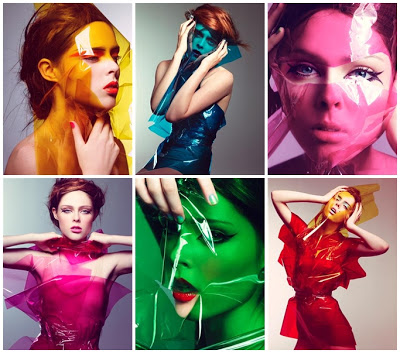WHAT IS “ANTHROPOCENE?”
The Anthropocene defines Earth’s most recent geologic time period, whilst being human-influenced and humans impacts on Earth’s geology and ecosystems. Or anthropogenic, based on overwhelming global evidence that atmospheric, geologic, hydrologic, biospheric and other earth system processes are now altered by humans.

MIND MAP
I created a mind map to visualised my ideas, which helped me create a consistent theme. Water/Plastic pollution / Rising water levels. Possible, Astrology, and how humans have effected the orbit.
But mainly I would like to create an altered landscape, (photo manipulation) that visualises the negative impact that plastic has on our oceans.

MOOD BOARD
I chose images that inspired me of Google and Instagram, based on the topics, the sea and space.

MY IDEA / ACTION PLAN
I plan to make altered landscapes using my own photos. They would convey the impact that man has had on the oceans, and plastic pollution.
I would try to make an image where you can see above and under the water, then edit plastic in it.
I would get the image putting my camera/phone in box then half submerging it, to get the underwater. Or a big fish tank. Then bring it into Photoshop.
Like this :

WHAT ARE ALTERED LANDSCAPES?
It is when you created/change a landscape. Usually done in Adobe Photoshop. They can convey a deeper more complex meaning through imagery, as you are able to mix image together different images by manipulating them. You can make something realistic or fictional/unrealistic.

PHOTO MANIPULATION I’VE MADE USING STOCK IMAGES
LINK 1 : https://www.behance.net/gallery/113617327/Photo-Manipulation

PHOTO MANIPULATION I’VE MADE USING MY OWN IMAGES
LINK 2 : https://www.behance.net/gallery/118463707/Photo-Manipulation-%28My-Photos%29
“Freedom Tree 2072” : https://www.behance.net/gallery/118361029/FREEDOM-TREE-2072
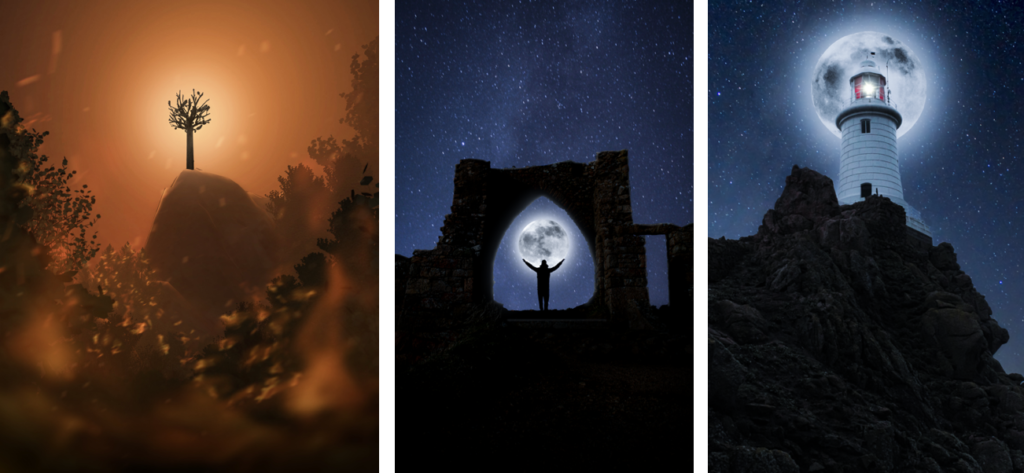
WHAT ARTISTS/PHOTOGRAPHERS AM I USING?
SEBNEM COSKUN – She is a Turkish photojournalist that has recently won the first prize in Nature and Environment category and the finalist award in the Photographer of the Year. Coskun won the prize in Nature and Environment category with her image. In her image, she took a diver surrounded by COVID-19 waste in the Mediterranean Sea. This fits in with my idea of water pollution!
I chose Coskun to be the main focus, as she has a strong link to the environmental impact side of things, as she won the POY. I am also basing my theme from inspirations from her work, on the topic of plastic pollution in our sea.
DILLON SAW – He focus on altered landscapes and some night photography, this is what I plan to do for one of my final pieces.
On the other hand, I chose Dillon Saw to bring the altered landscapes/photo manipulation aspect into my work. Also, I can make space inspired edits to tell a story through the image.

